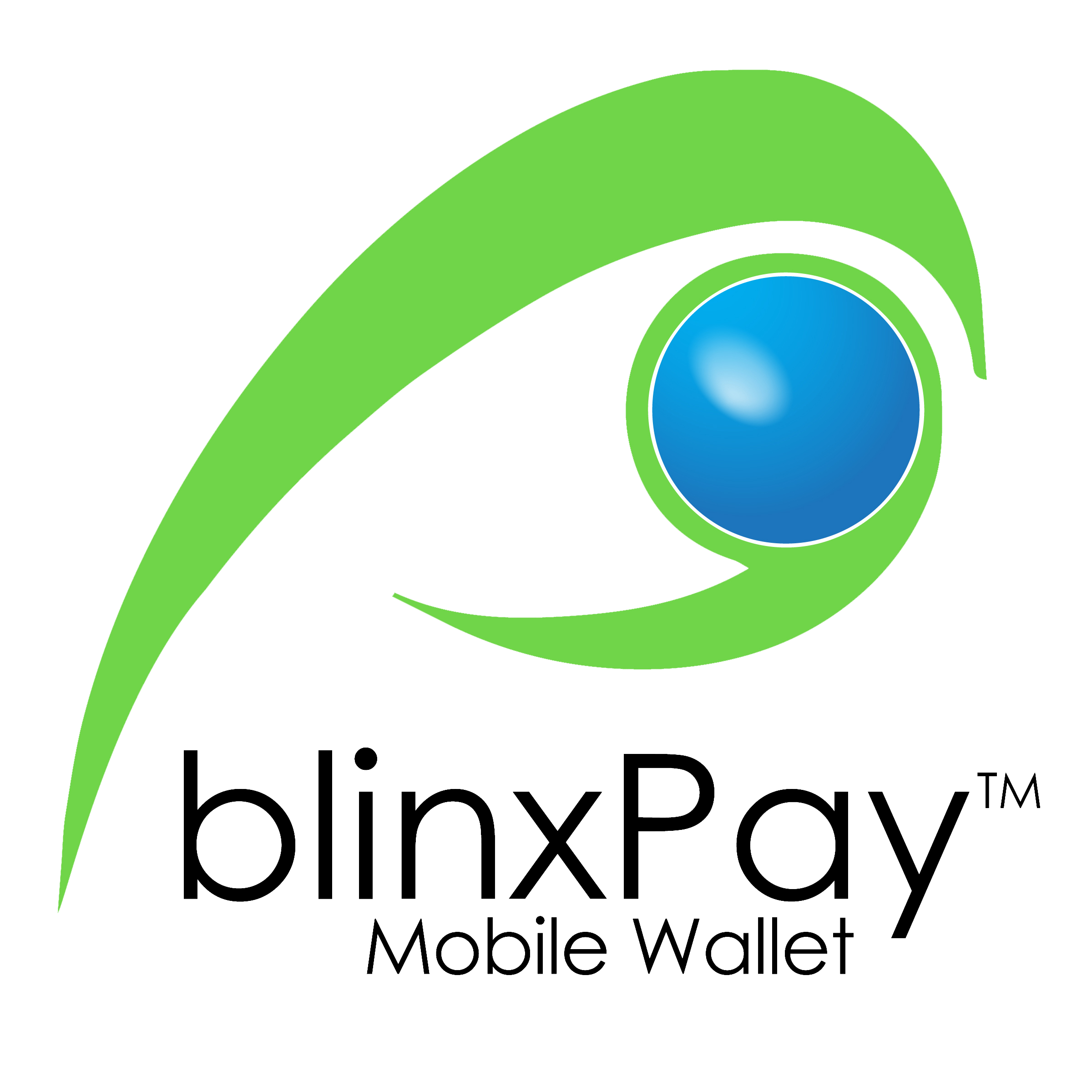A closed-loop payment system is a payment network where transactions are restricted to a specific group of users or within a particular ecosystem—usually managed by one company or organization. The user loads funds into an account, card, or digital wallet issued by that organization, and those funds can only be spent within the closed ecosystem (for example, a retailer’s stores or a specific transit system).
How it works:
- Users add money to the system via card, bank, or cash.
- Payments or transfers happen only between members of the ecosystem (e.g., company locations, affiliated businesses, or app users).
- The provider can control fund flows, fees, and user experience.
Examples:
- Starbucks Card or app: Funds loaded here can only be used at Starbucks stores.
- Certain transit cards for buses/trains (e.g., specific city subways).
- Retail gift cards.
Origin and popularity:
- The concept is rooted in early payment cards and store credit systems. A famous use-case dates back to 1946 when banks used the first charge cards for use only at select merchants—a closed-loop model.
- It became more widely used in the late 20th and 21st centuries as brands sought more control over payments, loyalty, and data, especially for mobile and digital use.
Why businesses use it:
- Lower transaction fees (as they avoid the traditional card network’s fees).
- Faster transactions.
- Controlled customer experience.
- Direct integration of rewards/loyalty points and promotions for stronger brand loyalty.
Current usage:
Many companies still use closed-loop payment systems today, especially for branded digital wallets and loyalty apps. Some leading examples in 2025:
- Starbucks: Their mobile app and card are textbook closed-loop systems.
- Apple and PayPal: Both have aspects of closed-loop models within their own proprietary ecosystems.
- Transit systems: Many cities use closed-loop apps or cards for their public transport.
- New fintech and retailer apps: Blinxpay, for example, is a modern, business-focused closed-loop payment system.
In summary:
Closed-loop payment systems are still popular in 2025, particularly for businesses seeking control, cost savings, and customer loyalty, often through digital wallets, prepaid cards, and branded apps

